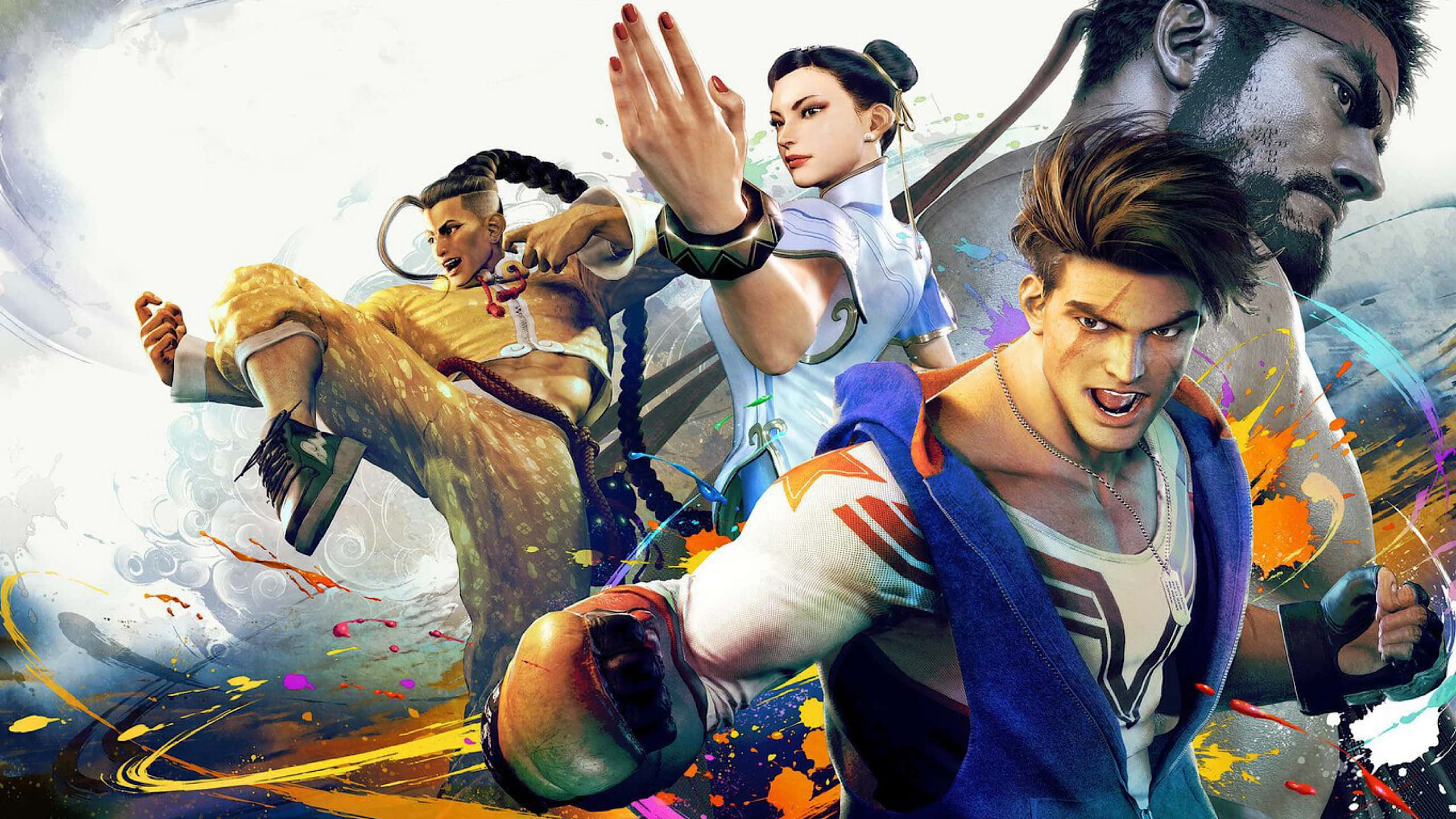Over 35 years of street fighting have led up to this.
Street Fighter 6 is looming over the horizon and the excitement is palpable.
With an all-new art style, an expanded combo system, and new single and multiplayer options, it’s looking like the biggest fighting game release of the year.
That being said, we think it’s worth taking a look at how we got here. We’ve condensed the history of Capcom’s biggest fighting game into one timeline to give everyone an idea of how Street Fighter grew into the legend that it is today.
Street Fighter (1987)
The first iteration of the game has you play as the Japanese martial artist Ryu as he goes on a quest to find true strength.
Players fight through a gauntlet of computer-controlled rivals one-on-one, in a best of three rounds until they emerge victorious. The game is played using an eight-way joystick to control your movement and used two large buttons that needed to be hammered with your hands to make the character attack.
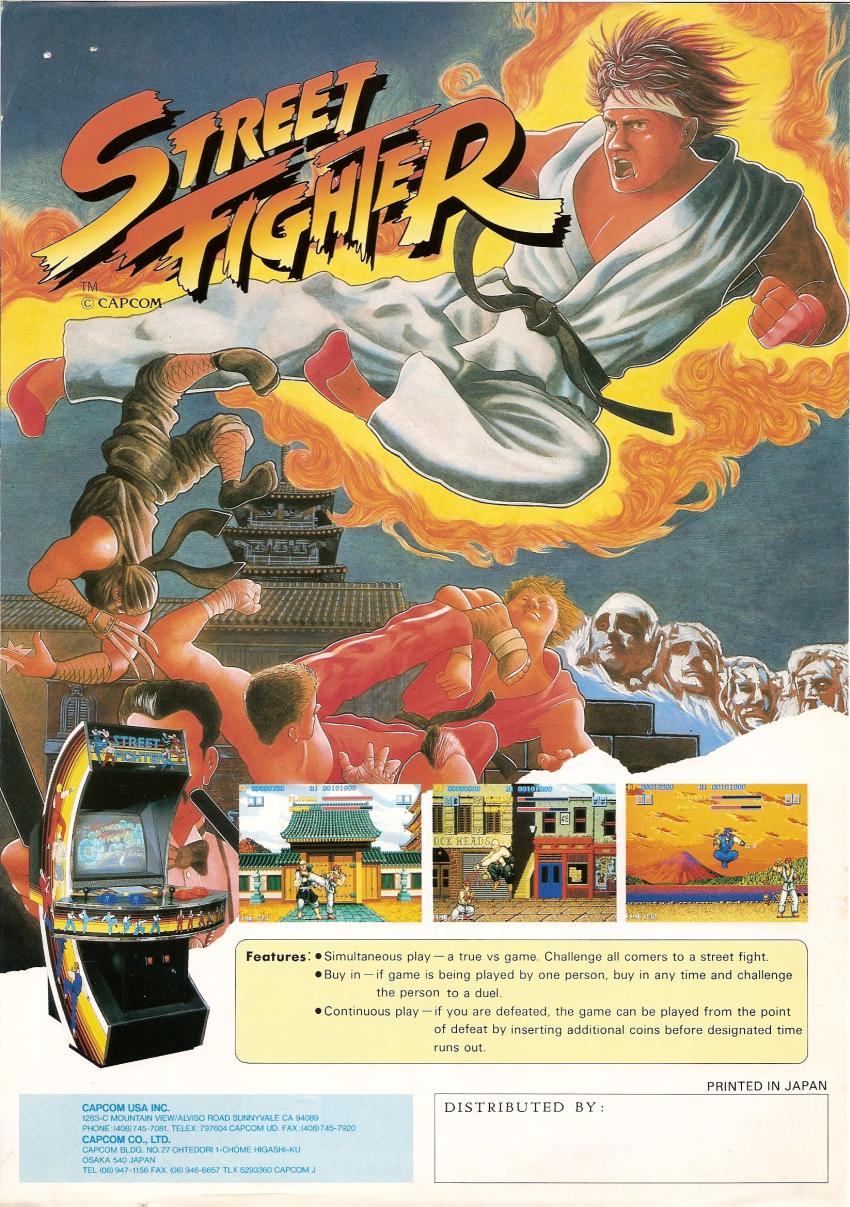
This version of the arcade machine understandably didn’t sell well. Thankfully, Capcom released a version that used six buttons to control the strength of your attacks, three each for punches and kicks. This control scheme fared much better among players and has stayed with the series to this day.
Part of the game’s appeal was the ability to challenge a player at any time. A player could drop a coin in the machine and play as Ryu’s rival, Ken, and engage in intense one-on-one battles. Both players could only play Ryu and Ken, however, and for all intents and purposes, they were exact copies of each other in terms of gameplay.

The skeleton of what makes the series great was already there but it would be over a decade before Capcom would return and complete this formula.
Street Fighter 2 (1991-1994)
The game that birthed an entire genre — Street Fighter 2’s list of accolades is as long as the list of different versions and updates it released.
By refining its one-on-one gameplay but focusing more on two-player competitive play, Street Fighter 2 changed the landscape of competitive video games. With every new iteration of the game, Capcom added or changed things, keeping the game fresh and exciting.
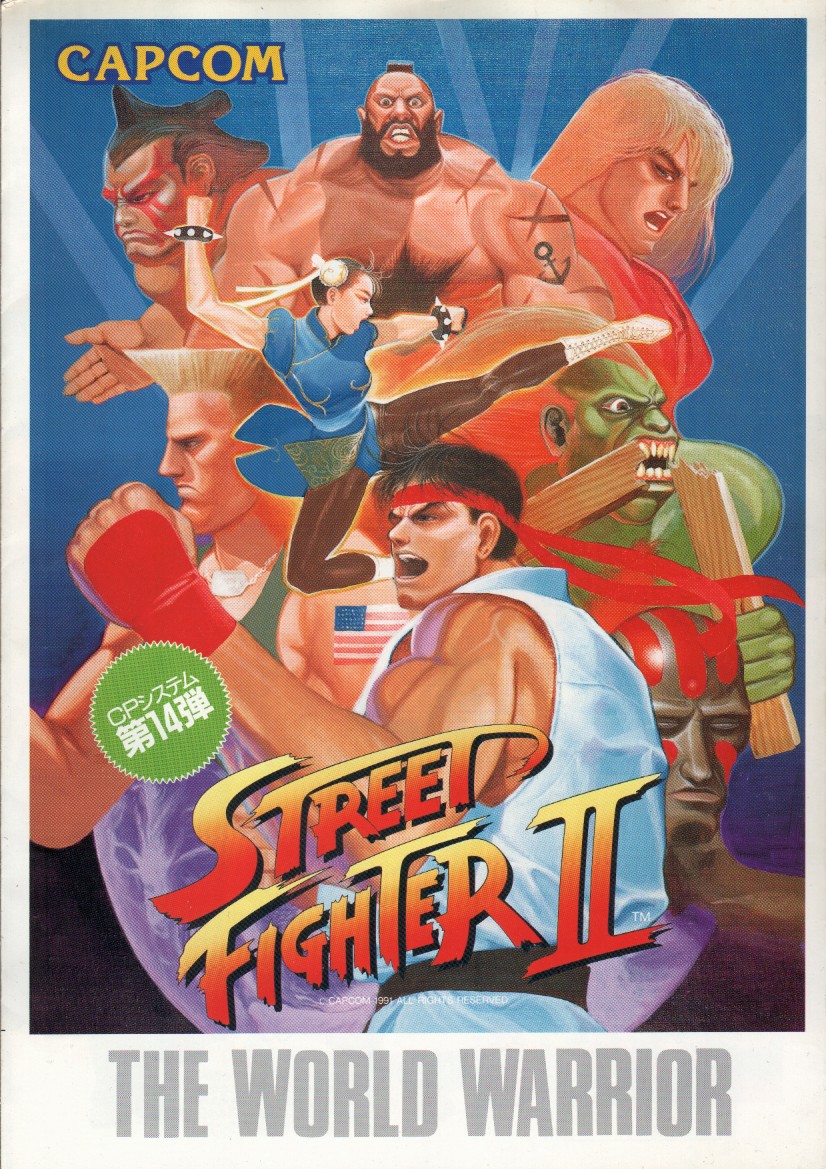
From being locked to only two mirrored characters, Street Fighter 2 expanded its roster to eight unique fighters with different fighting styles and countries of origin (hence the title of World Warriors). Later versions would more than double the number of characters, adding more diversity and options for players. These iconic characters would become the blueprint of character archetypes that every fighting game still uses today.
The frenzy of competition surrounding the game birthed many grassroots communities and tournaments such as the Evolution Championship Series, otherwise known as Evo, that continue to thrive even now. For decades it held the title of best-selling fighting game at 6.3 million units sold on home consoles.
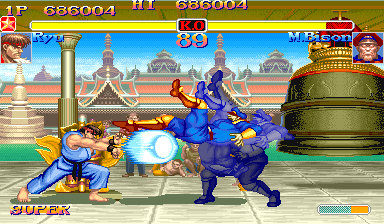
Street Fighter 2’s popularity was so massive that it spawned comics, action figures, cartoons, a live-action movie, a fighting game about the live-action movie, and more. Many would say that this is one of the most influential, if not one of the greatest, video games of all time and it’s easy to see why.
Street Fighter Alpha/Zero (1995-2006)
Of course, the only logical direction to go after making one of the greatest games ever is to make a prequel.
The Street Fighter Alpha series (known as Street Fighter Zero in Asia, South America, and Oceania) continues the series’ staple of expanding gameplay in new directions. With an energetic new art style and a focus on flashier gameplay, the Alpha series launched a new era of ballistic-speed fighting games.
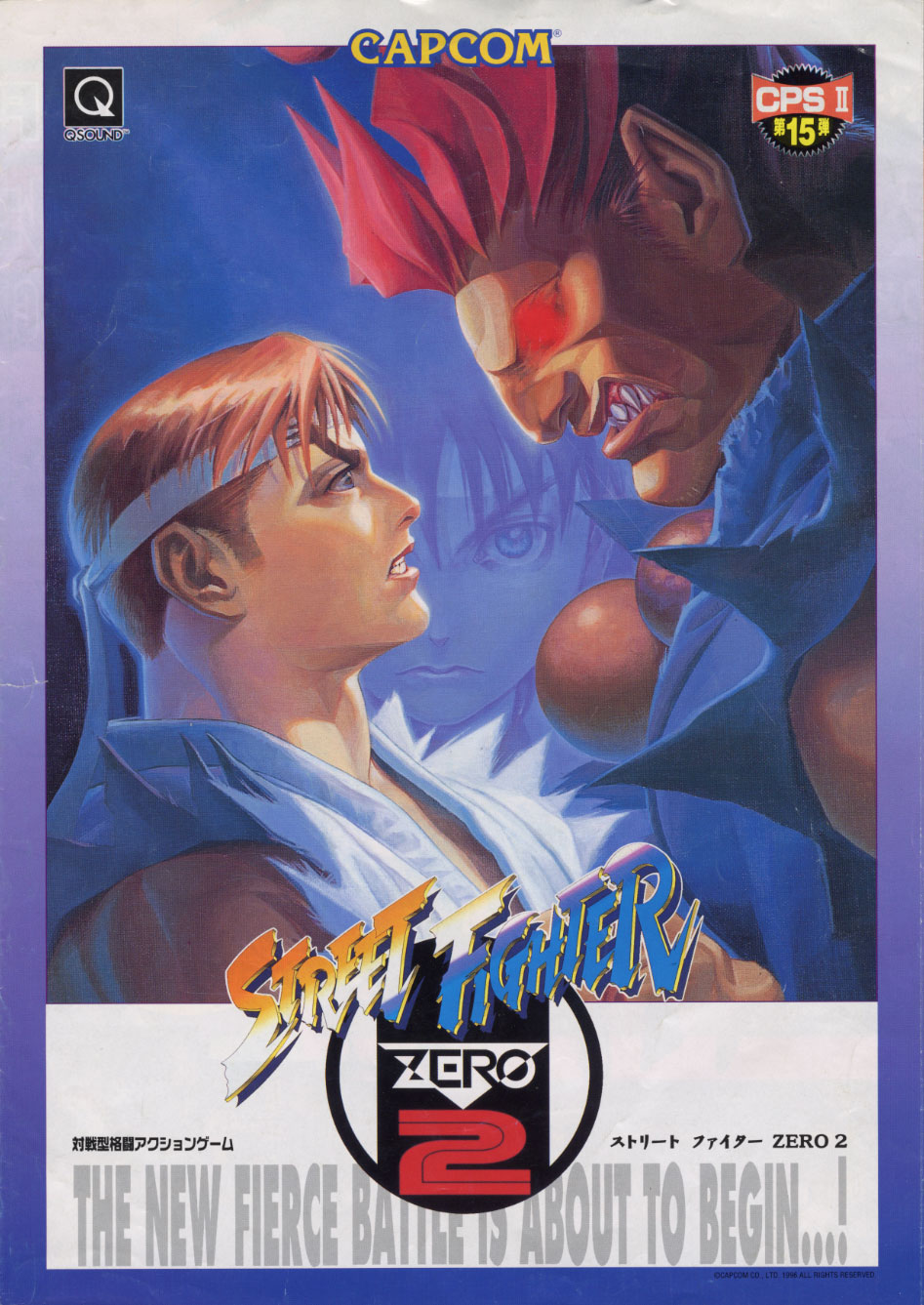
Just like with Street Fighter 2, every iteration of the Alpha series added more features to the game to the point that each version feels completely distinct from the other. From expanding the use of super meter, allowing custom combos, or letting you choose the playstyle that best fits you, the Alpha series had something that could appeal to any player.
Characters continue to be the main selling point of the series. Despite the Alpha series being a prequel, it boasts one of the largest rosters of characters sitting at 39 with the release of Street Fighter Alpha 3 Max. With the way things were going, it would seem that Street Fighter would only get bigger and bigger from here.
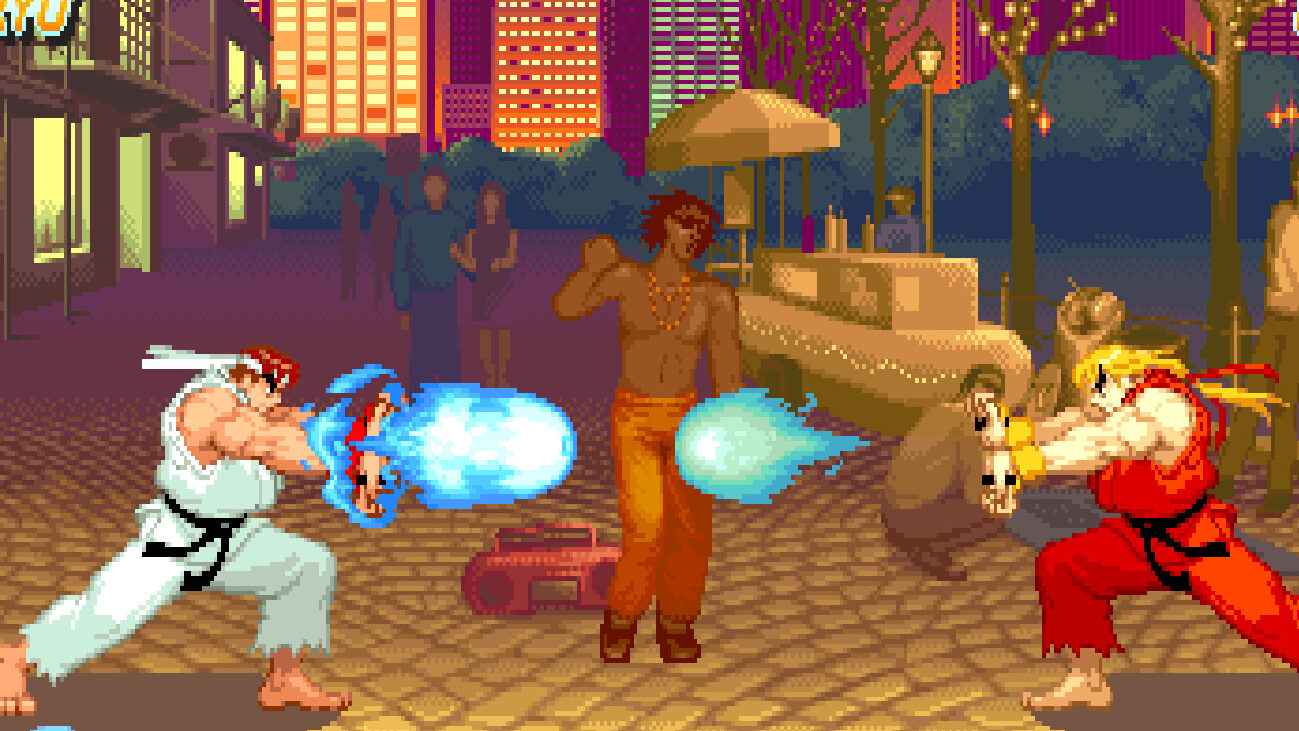
Street Fighter 3 (1997-1999)
Many fighting game fans would say that Street Fighter 3, specifically its third installment, 3rd Strike, is the pinnacle of the series. However, the first true sequel to the 1991 classic had a rocky start that left arcade players cold.
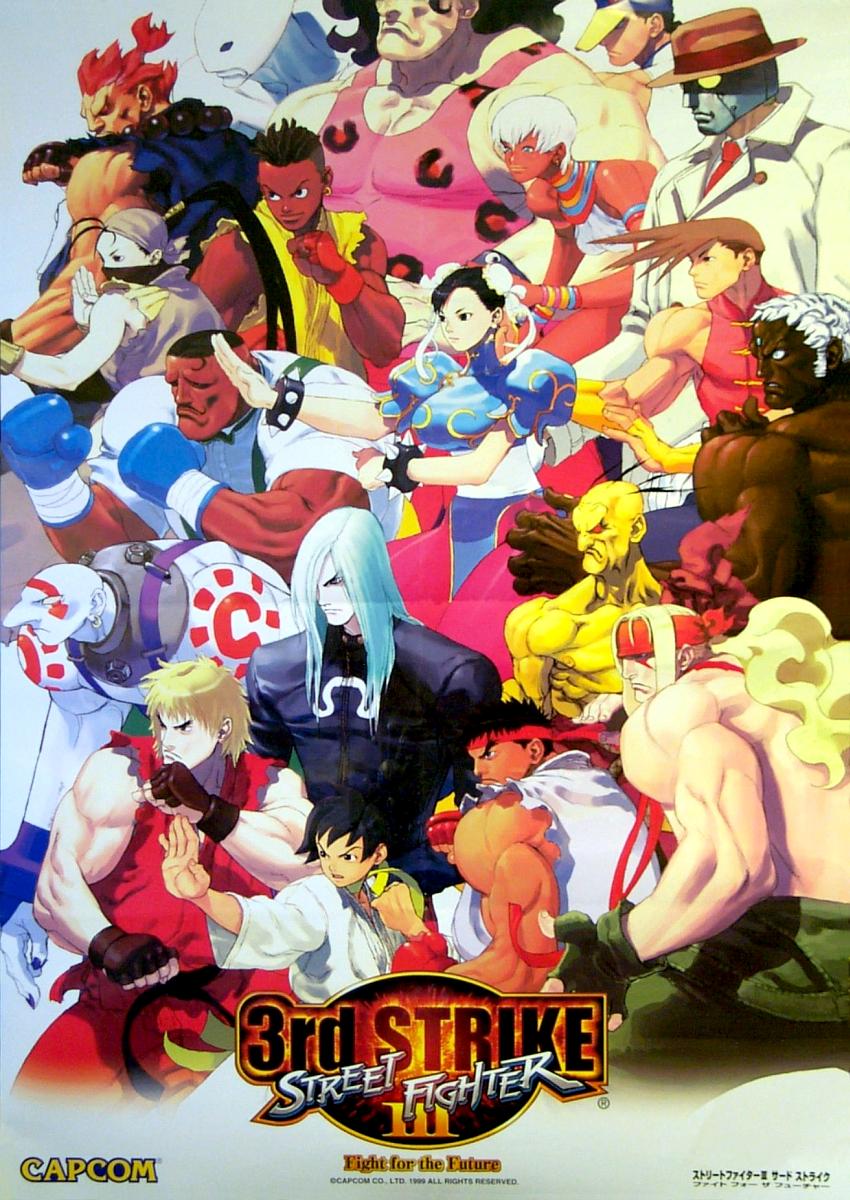
Street Fighter 3 features some of the best animated 2D sprites of its generation. It also revamped the Street Fighter gameplay formula to focus on its new Parry system, a high-risk move that rewards players for correctly reading the actions of their opponent.
Unfortunately, a troubled development led to the game’s release with a small roster of 10 characters. The overall gameplay was also toned down compared to the adrenaline rush of the Alpha series. Coupled with Capcom’s desire to shake up the series formula, thus leaving the roster with mostly newcomers aside from Ryu and Ken, Street Fighter 3 ended up alienating fans who saw this entry as a step back for the series.
Still, Capcom could see that there was something special about Street Fighter 3 and continued to iterate and improve it like they do with previous entries. In time, players discovered the amount of depth and complexity the Parry system allowed and learned to appreciate the levels of mastery that the game had to offer. This all culminated in the iconic Evo Moment #37 and since then, Street Fighter 3 has gone down in history as one of the most technically deep yet highly lauded entries in the series.
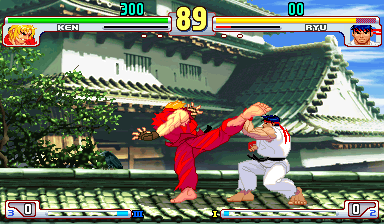
Street Fighter 4 (2008-2014)
The video gaming landscape drastically changed in the nine-year gap between entries. Developing the game for home consoles became the primary focus for companies and arcades were in decline, bringing fighting games down with them.
Many within Capcom felt that a new numeric entry to Street Fighter was doomed to fail but thanks to producer Yoshinori Ono’s constant championing of the series, they were eventually convinced to give Street Fighter 4 a shot.
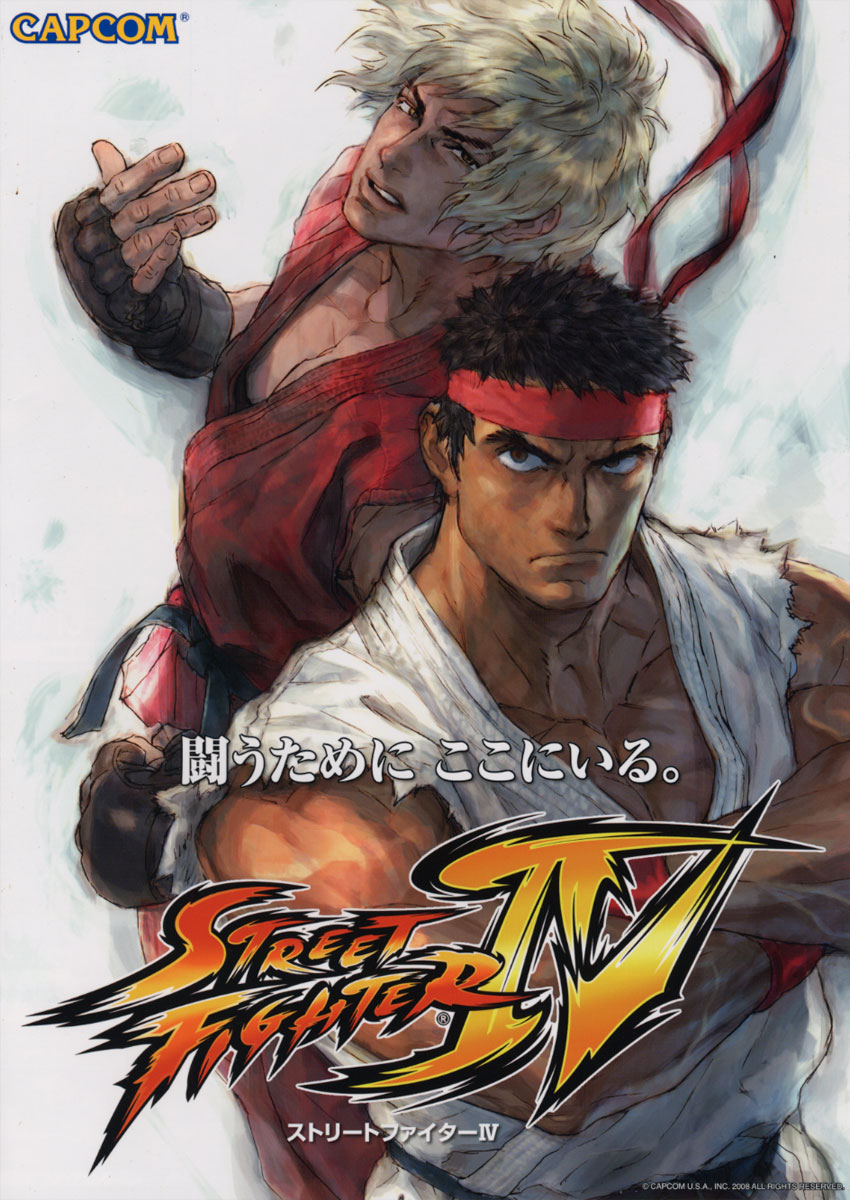
As it turned out, Capcom’s worries were unfounded as the game was an immediate hit from critics, fans, and newcomers alike. It pioneered the use of 3D models and textures styled in a way to emulate traditional 2D gameplay, a design decision that brought Street Fighter to the modern era while keeping it true to its roots. Its gameplay was much closer to the feel of Street Fighter 2 while incorporating elements from other entries, attracting both old and new fans.
After a nine-year drought, Street Fighter was once again the center of attention in the gaming world. Some would say that Street Fighter 4 brought about a fighting game renaissance as other developers big and small would draw inspiration from its designs and innovations. It reinvigorated the fighting game genre and reminded everyone why Street Fighter is a household name.
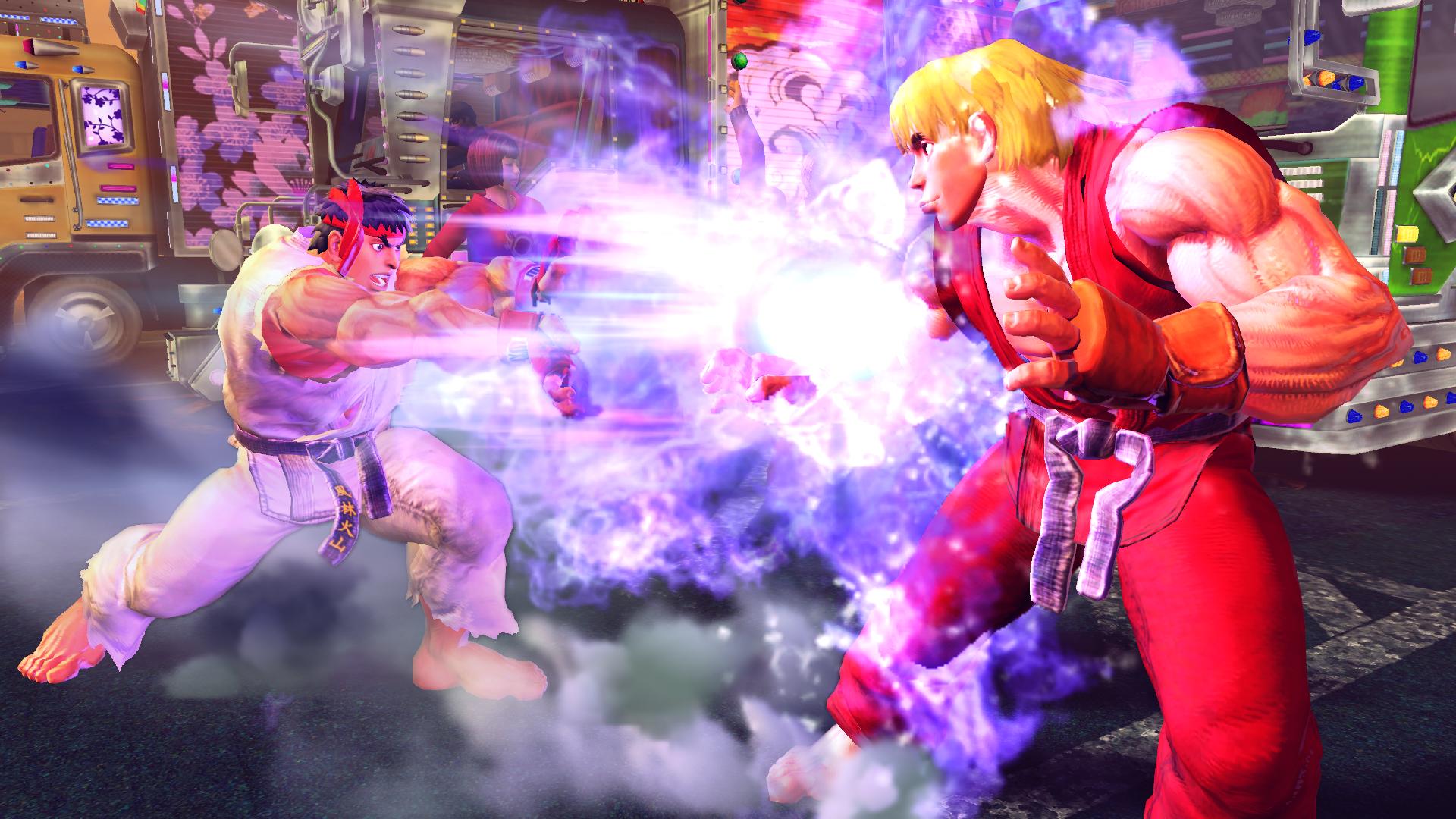
Street Fighter 5 (2016-2021)
Despite all the momentum from the previous games, nothing could really soften the blow of Street Fighter 5’s initial release.
There are many stories surrounding the game’s long and troubled development and together with Capcom being on financially shaky ground back in the mid-2010s, there was a lot of pressure on the developers to release a game immediately to turn a profit.
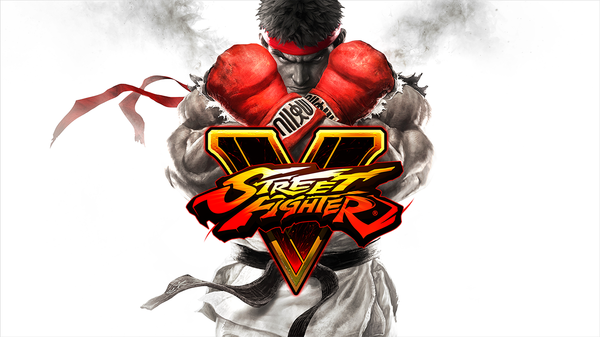
Street Fighter 5’s release was disappointing, to say the least. At its launch, the game only gave players the option to play against other people online and a practice mode, the usual single-player offerings such as a story mode and the traditional arcade mode were promised to be added sometime in the future.
What’s worse was that even the online features were bare bones and also highly unstable, leading to jittery, one-sided matches that left players frustrated and dissatisfied.
Gameplay was also a highly contentious topic as Street Fighter 5 heavily simplified the abilities of its characters in an attempt to appeal to a more casual audience who may not be too familiar with fighting games. This led to the criticism that the game was boring to play and watch as there wasn’t the same level of mastery present compared to previous entries.
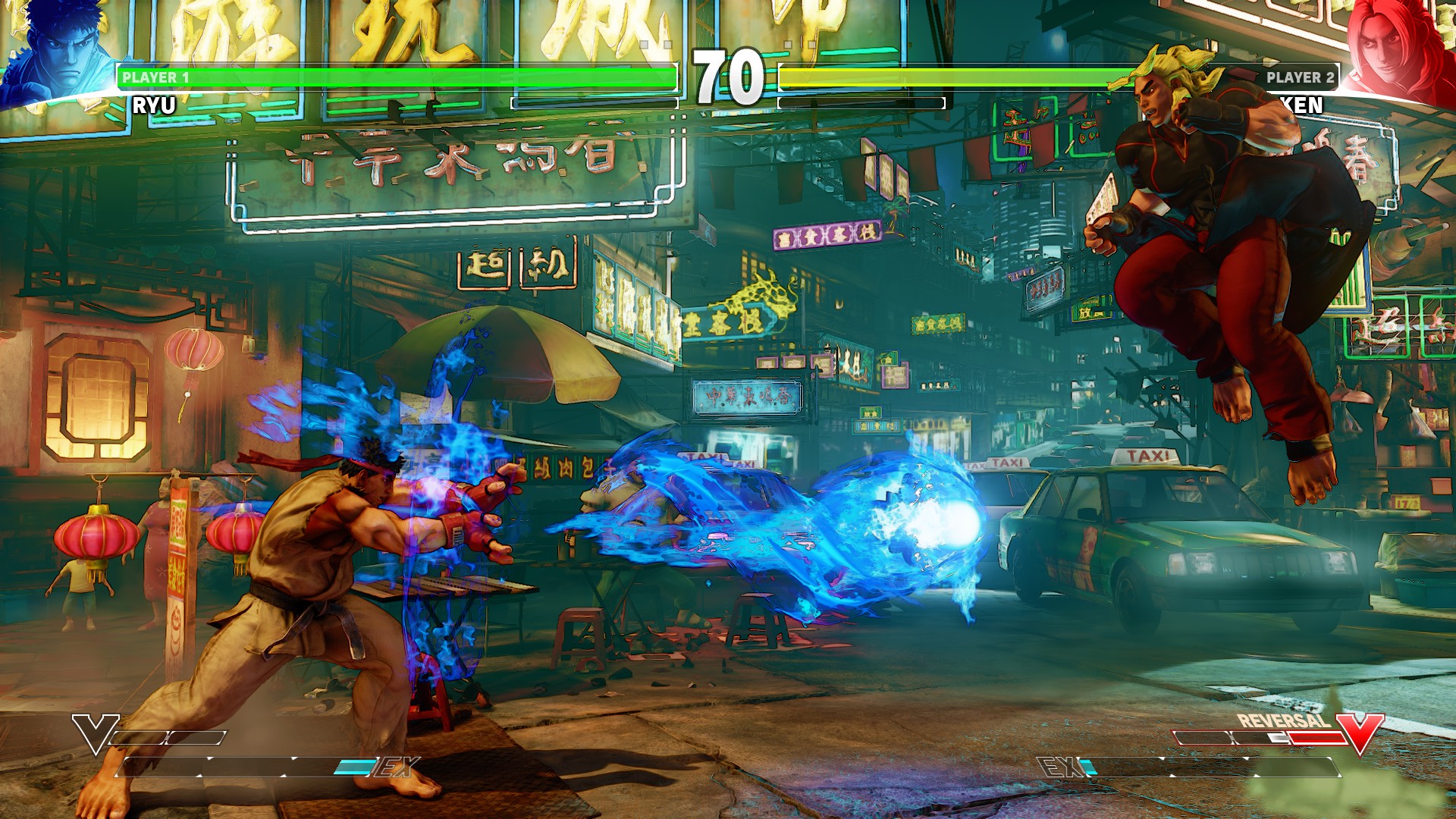
Capcom took all this feedback and updated Street Fighter 5 as best as they could.
Throughout its five-year lifespan, they slowly added more characters, mechanics, and options to the game and fixed issues that plagued the game since its release. Street Fighter 5 is still seen as a black sheep among fans but thanks to Capcom’s efforts they were able to slowly redeem the game to the point where it can stand on its own within the series.
Street Fighter 6
And so, after six mainline entries, we are finally at the sixth one.
Street Fighter has had many highs and lows in its 35-plus years, but Capcom is looking to make a statement with its latest installment — that no matter the era, Street Fighter will always be the biggest name in fighting games.
Banner image from Capcom.
Related Stories:
ESPORTS: So, What is Attack Online 2?
11 Female Gamers in E-Sports Who Are Breaking Gates
Grit and Glory: What makes the first 10 legends in MPL Philippines history undisputedly legendary
